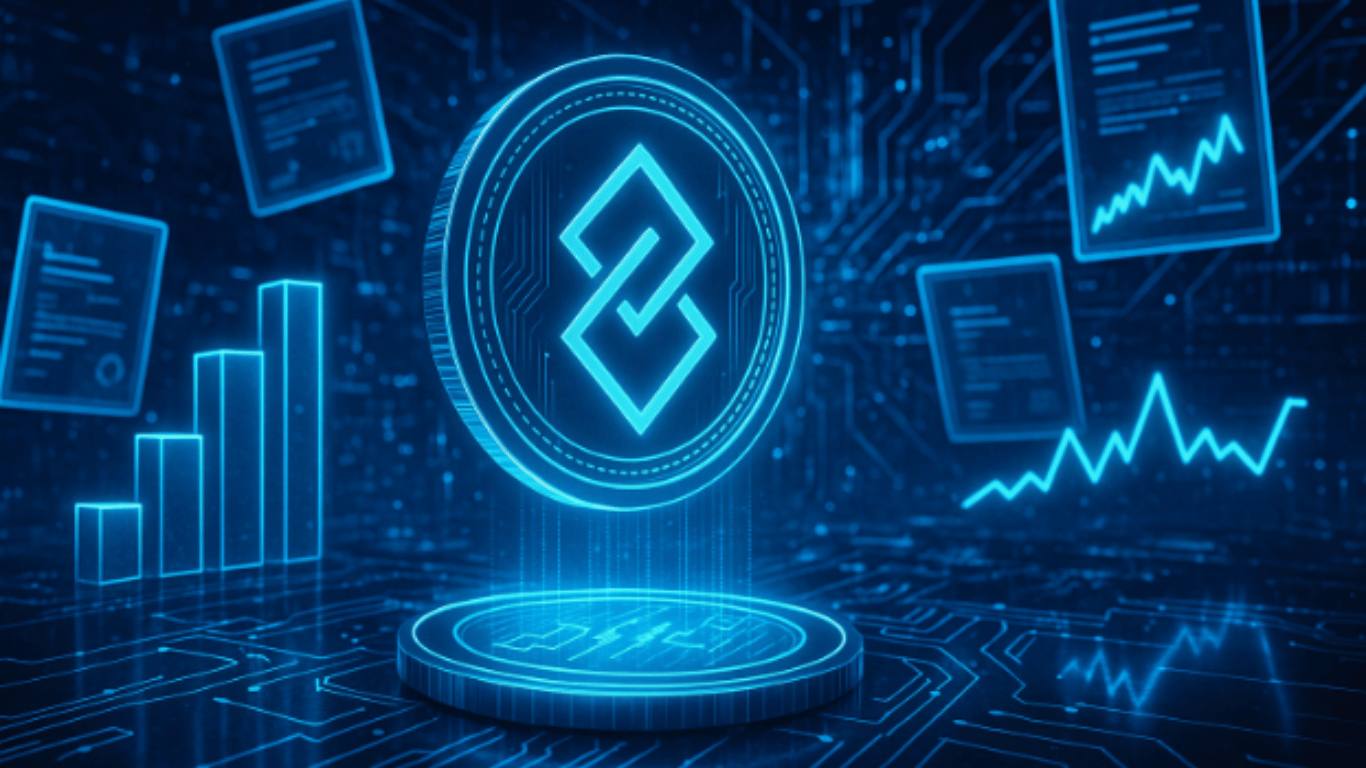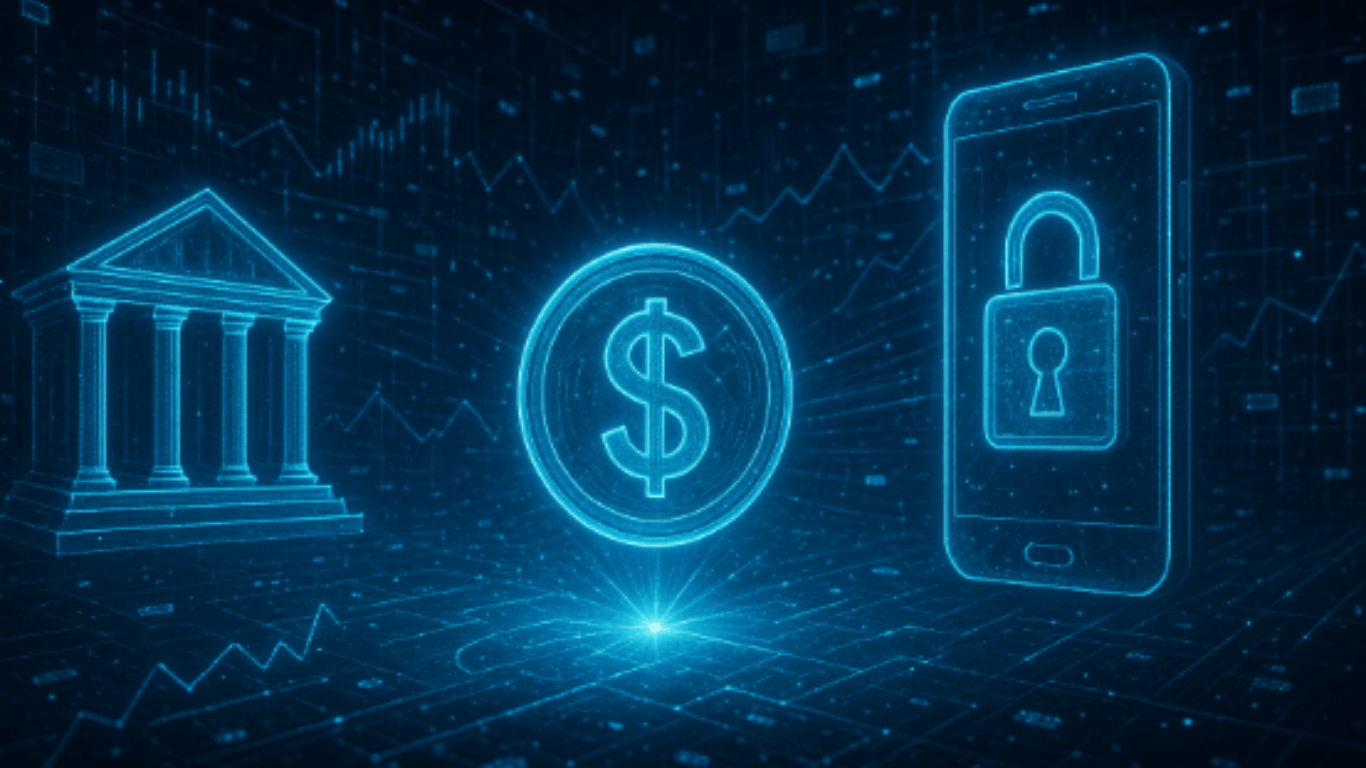John Murillo is Chief Business Officer at B2BROKER, a global fintech solutions provider for financial institutions.
Discover top fintech news and events!
Subscribe to FinTech Weekly's newsletter
Read by executives at JP Morgan, Coinbase, Blackrock, Klarna and more
When Robinhood announced the launch of tokenized stocks tracking private giants like OpenAI and SpaceX in Europe, the headlines almost wrote themselves. At last, retail investors could tap into the upside of companies that, until now, have lived behind Silicon Valley’s walled garden. In fact, to the average user, it felt like a shortcut to investing in the future of AI and aerospace.
But after looking closer, the picture feels blurrier. Why? Because when you buy a tokenized share of OpenAI, you’re not buying a piece of the company. And that’s a difference investors can’t afford to ignore.
Digital Wrappers, Real Companies, and Phantom Rights
Let’s first define what a tokenized share stands for. This is a digital token, designed to simulate the price movements of real-world equities. In theory, it tracks the secondary market valuations of private firms, like the $300 billion estimate currently pegged to OpenAI. For example, platforms like Republic and Robinhood issue these tokens using blockchain infrastructure, allowing 24/7 exposure with lower minimums and greater liquidity.
However, let’s be clear, this is synthetic exposure. Holders don’t get either a share certificate or voting rights. The same is true for claiming on OpenAI’s profits, assets, or intellectual property. In most cases, people are buying a token issued by an intermediary that may, under certain conditions, provide payouts tied to changes in the underlying valuation. That payout depends on the terms of a smart contract or legal wrapper, not on OpenAI’s board decisions.
That is, it’s a clever instrument but not an equity. In this sense, the product is less a breakthrough for financial inclusion and more a derivative dressed in equity clothing. There’s real innovation here, but also real confusion, and that’s dangerous in retail environments.
Europe Builds, America Bans
Ironically, these products are being offered in Europe, not in the U.S., where Robinhood is headquartered. That might surprise some, especially given the complexity of MiCA, but there’s a simple reason: Europe has a sandbox, while the U.S. doesn’t.
The SEC has long been sceptical of tokenized stocks. In 2021, Binance was forced to shut down a similar product after U.S. regulators raised concerns over unregistered securities. Since then, the agency’s stance hasn’t softened. Under Chair Gary Gensler, the SEC has made it clear that most digital asset-based equity products fall squarely within its jurisdiction, and will be treated accordingly.
In contrast, Europe offers clear legal guardrails. Crowdfunding exemptions like the European Regulation on European Crowdfunding Service Providers (ECSP) and tailored frameworks for asset tokenization give platforms more breathing room. That’s why we’re seeing this activity emerge in places like Liechtenstein, where the Blockchain Act provides a clear legal basis for issuing and transferring tokenized assets.
So, while MiCA does impose strict compliance requirements, it also gives developers a known path forward. In the U.S., the absence of a dedicated framework has become its own form of regulation: a chilling effect.
Due Diligence Without Data
Let’s say you’re a retail investor interested in tokenized shares. The token looks legitimate, the interface is smooth, and the issuer seems reputable. But one key question remains: how do you assess what this token is really worth?
The point is that there are no S-1 fillings, quarterly earnings, shareholder reports, or board minutes. You’re literally working with fragments: secondary market pricing, informal investor memos, and maybe a media valuation leak. So it looks more like educated guesswork rather than due diligence.
That’s why, in this kind of environment, investors need to adjust their strategies to assess the risk. The first step is to understand the contractual mechanics behind the token: Does it offer dividend-like payouts? Is there a redemption mechanism? What triggers a payout? Is the underlying asset held in trust, or is this a fully synthetic mirror?
Then, examine the issuer’s credibility and structure. Many of these tokens are issued by SPVs (special purpose vehicles) based in friendly jurisdictions. If something goes wrong, your recourse may be limited or nonexistent.
Lastly, remember the golden rule: if it looks like a stock but doesn’t act like one, it probably isn’t one. These tokens are best understood as high-volatility, low-transparency exposure products useful in some strategies, but no substitute for genuine equity.
A Word of Caution
Honestly, I’m not against tokenized equities. In fact, I believe they could unlock access to markets that have historically excluded everyday investors. But if we want this model to scale responsibly, we need three things: clear legal frameworks, investor education, and product standardization.
Right now, we have the opposite: a mix of hype, legal ambiguity, and retail FOMO, and that’s not a foundation for long-term trust.
So before anyone celebrates a “democratization of private equity,” let’s ask what we’re really buying. Because ownership, in this new financial layer, is an illusion, and illusions don’t compound.












